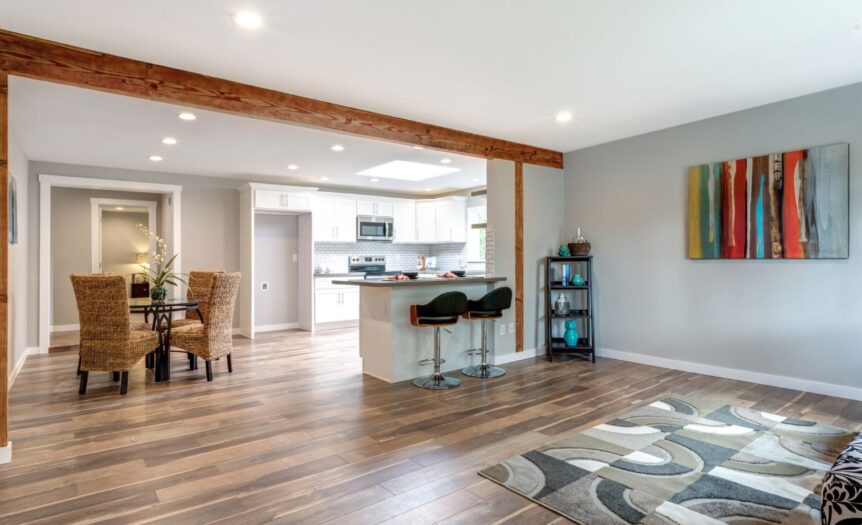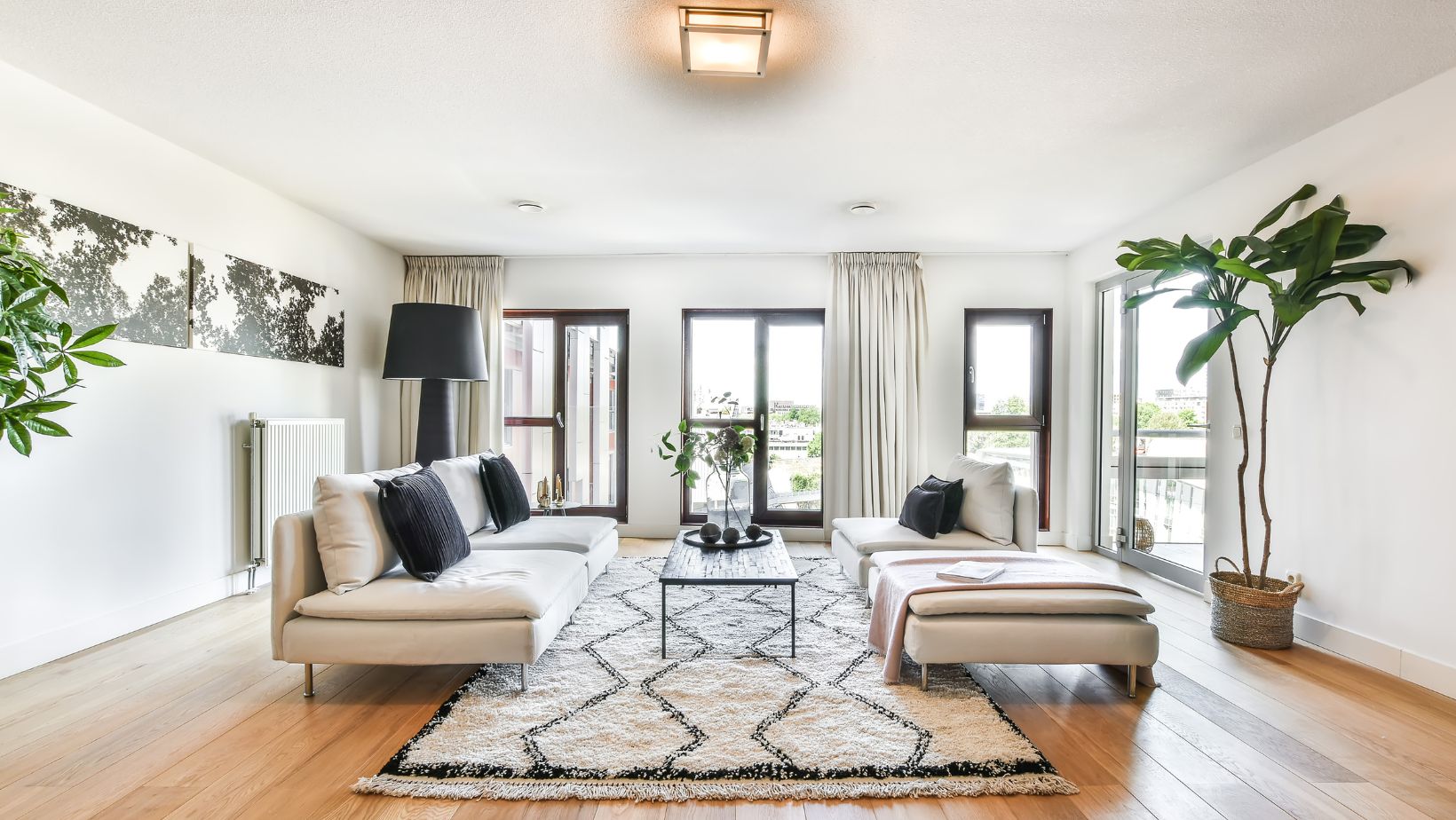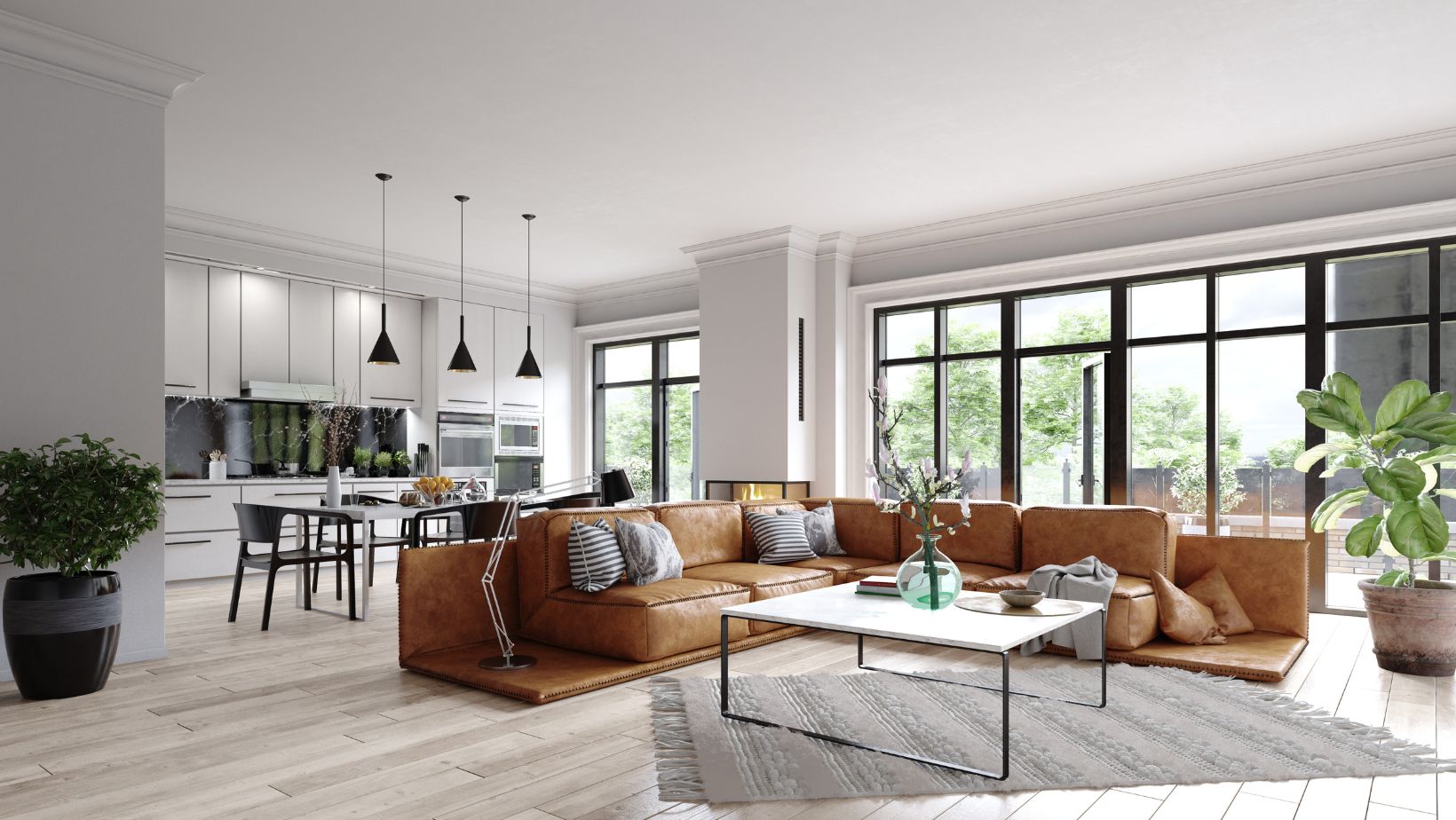Floors carry more than just foot traffic — they carry the identity of a space. Whether you’re designing a family home, a commercial showroom, or a bustling office, the flooring you choose sets the tone for everything else. It’s the one surface that gets used every day, yet it’s often the last thing people think about during a build or renovation.
But times are changing. Today, flooring is where durability and design shake hands. It’s no longer a trade-off between something tough and something beautiful. The best floors are now both — resilient under pressure yet stylish enough to elevate any space.
That’s why solutions like polyurethane floor paints are gaining traction — because they deliver a hard-wearing finish without sacrificing visual appeal. These coatings combine performance and polish, transforming even the most basic concrete slab into a statement piece.
What Durability Really Means in Flooring
When we talk about durable floors, we’re not just referring to how long they last. True durability includes resistance to:
- Scratches and scuffs
- Stains, spills, and chemical exposure
- Fading from sunlight or UV damage
- Moisture and temperature fluctuations
- Impact from dropped objects or heavy use
Whether it’s a high-traffic hallway, a busy café, or a family kitchen, durable floors must hold up against daily life without showing signs of early wear. But they also need to look good while doing it — and that’s where smart design choices make all the difference.
The Style Shift: Functional Meets Fashionable
In the past, durable floors often meant industrial-looking materials: concrete, plain vinyl, or rough-sealed timber. But with today’s design innovation, toughness doesn’t have to come at the expense of aesthetics. In fact, the right floor can become the centerpiece of a room.
Polished concrete with a glossy seal can look just as sleek as marble. A well-executed epoxy floor with decorative flakes or tinting can feel more boutique than a workshop. Timber-look finishes now come in ultra-durable laminates that stand up to water and wear.
Modern floor finishes aren’t just practical — they’re visually adaptable. You can now achieve the look of raw elegance, soft minimalism, or urban edge without compromising on long-term performance.
Coatings That Do More Than Cover
For many environments, especially commercial or multipurpose spaces, floor coatings are a game-changer unlike traditional coverings that can peel or wear down, coatings bond directly to the surface, creating a seamless, protective layer.
These coatings:
- Provide slip resistance for safety
- Fill minor imperfections or pitting
- Come in a range of sheens and colors
- Are easy to clean and maintain
- Resist chemicals, oils, and abrasions
From warehouses to boutique fitness studios, floor coatings have the unique ability to reinforce the material underneath while customizing the appearance on top. It’s functionality and flair — in one smart layer.
Blending in or Standing Out?
The beauty of thoughtful floor design is that it can either blend in quietly or become the focal point of a space. In residential settings, subtlety might be key — soft greys, warm timber tones, or smooth neutrals that allow furniture and décor to shine.
But in commercial or creative spaces, bold flooring choices can make a statement. Think geometric designs, gloss-finish black, or even branding worked into the floor itself. When paired with lighting and layout, flooring can help guide movement, frame space, or create zones without the need for walls.
The goal is to match the surface to the purpose — and to do it in a way that feels intentional, not just functional.
Sustainability Underfoot
Durability and sustainability often go hand in hand. A well-chosen floor that lasts 10–15 years or more is a far greener choice than something that needs to be replaced every few. However, sustainability in flooring also comes down to material choices and production methods.
Options to consider include:
- Low-VOC coatings and adhesives to maintain indoor air quality
- Recyclable materials like certain composite timbers or vinyls
- Refinishing rather than replacing, especially with concrete or timber bases
- Energy-efficient installations, such as light-reflective coatings that reduce lighting needs
Durable doesn’t mean disposable — and a strong floor built to last is a win for both design and the environment.
Maintenance: The Design That Keeps Giving
The most beautiful floor can lose its impact if it’s constantly stained, scratched, or dulled by wear. That’s why maintenance should be part of the design conversation from day one.
Some surfaces are naturally lower maintenance — sealed concrete, resin floors, or polished tiles, for instance. Others may need regular care, like resealing or sanding, to keep them in peak condition.
The key is to balance your ideal look with your lifestyle or business needs. A space with kids, pets, or equipment rolling through it every day needs a finish that’s forgiving. An entranceway that sees wet shoes and dirty boots needs something that won’t trap grime or show stains.
When you plan for both looks and longevity, your floor keeps performing without needing constant TLC.
Where to Use Durable Design Flooring
There’s virtually no space that can’t benefit from a floor that’s both strong and stylish. Here are a few areas where the durability–design combo really shines:
- Kitchens: Tough enough for dropped pans and spills, sleek enough to complement cabinetry and benchtops.
- Living rooms: Soft underfoot options that still hold up against heavy furniture and daily use.
- Offices and retail: Hard-wearing finishes that resist scuffing while reinforcing a brand or design aesthetic.
- Garages and workshops: Industrial strength without sacrificing appearance — especially when converted into multi-use spaces.
- Outdoor zones: UV-resistant, slip-proof, and able to handle the elements without fading or cracking.
Versatility is the secret sauce. With the right materials and finish, you can get consistency across different areas while tailoring each to suit its specific demands.
There’s no longer a reason to compromise between form and function when it comes to flooring. With the range of modern coatings, materials, and surface treatments available today, you can have the best of both worlds — a floor that’s built to last and designed to impress. Whether you want a surface that quietly supports your space or one that steals the spotlight, durability, and design can now work hand-in-hand underfoot.





